 The City of Amsterdam is working on a Development Strategy 2035 for the growing city. Lyongo Juliana was on the panel to write advice for this strategy based on input from residents.
The City of Amsterdam is working on a Development Strategy 2035 for the growing city. Lyongo Juliana was on the panel to write advice for this strategy based on input from residents.
Amsterdam is growing and changing. The municipality has the ambition to grow with 7500 homes per year and matching facilities to offer current and future generations a suitable home and pleasant living environment. But with only adding new buildings, you do not create a liveable neighborhood to live and work in. What are we as a city going to work on now and in the future? And what are we still missing?
Strategy and panel
Building in the city means that we are going to densify. We do this by making even better use of the existing space on the street, underground and on roofs. According to the municipality, this can be done in roughly four ways: New districts, stadiums and city avenues, Shopping centers and knowledge institutions, existing residential areas
The independent panel includes Lyongo Juliana, Ria Braaf, Hans Karsenberg, Jannes Willems, Nies Medema. The members were selected on their knowledge of architecture, urban planning and design. They will give an advise for the four ways and overall strategy. They also listened to what was put forward during the meetings with residents.
Input from residents
Four city discussions were organized by the Gemeente Amsterdam. The panel members followed those to hear “the sounds of the city”. Amsterdammers were allowed to provide input for which ingredients are needed to realize liveable neighbourhoods and how we should densify. Several events have been organized for this in the past few months. “Build a neighborhood with a human dimension and soul and not just building blocks. Involve and empower existing and new communities in developments in a timely manner. Make sure that additions actually promote the flow of people so that everyone can find a suitable home and also use this to make the current housing stock more sustainable”. These are some thoughts that Amsterdammers put forward during the meetings.

Some of the panel’s key points
‘Making city together: The municipality is not the only party that decides about the future’, reads the advisory report. According to Lyongo and the other advisory panel members collaboration with project developers, companies and landowners is necessary. Build long-term relationships with key people of different communities in the neighborhoods. ‘Link up with existing neighborhood networks and meetings that are already being organized by residents’ organisations, neighborhood platforms and business associations.’
Another important piece of advice was: ‘Don’t make the Development Strategy 2035 development process a one-off event. Requesting input from the 90-100% version of the Development Strategy 2035 is too late! For the 50%, 65% and the 80-90% version, make sure you ask for input from groups that deal with area development issues. In that process, pay extra attention to the young people we will be talking about in ten years’ time do this for their future city.’
These are just some examples of the advice the panel has put together. You can read all of their recommandations in the full report.

